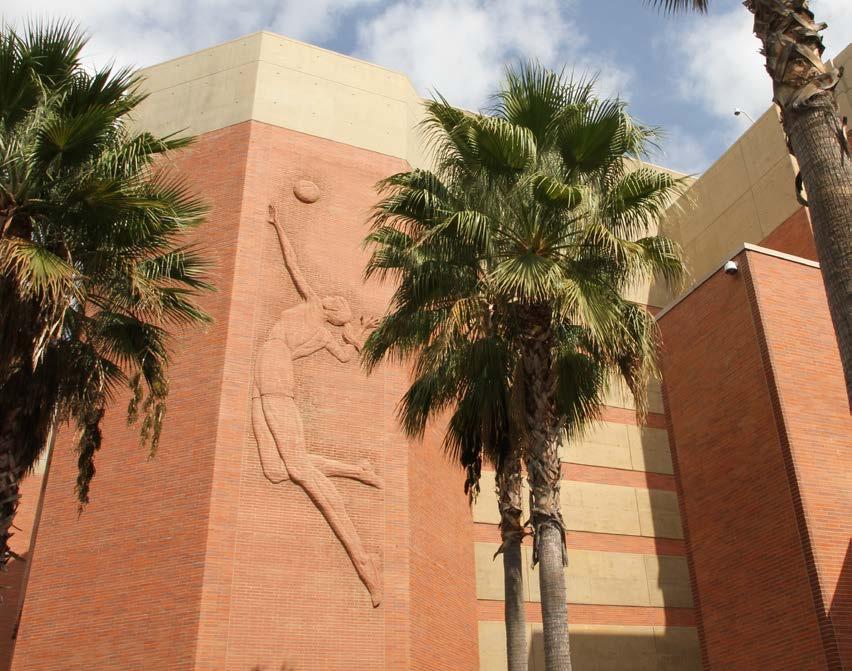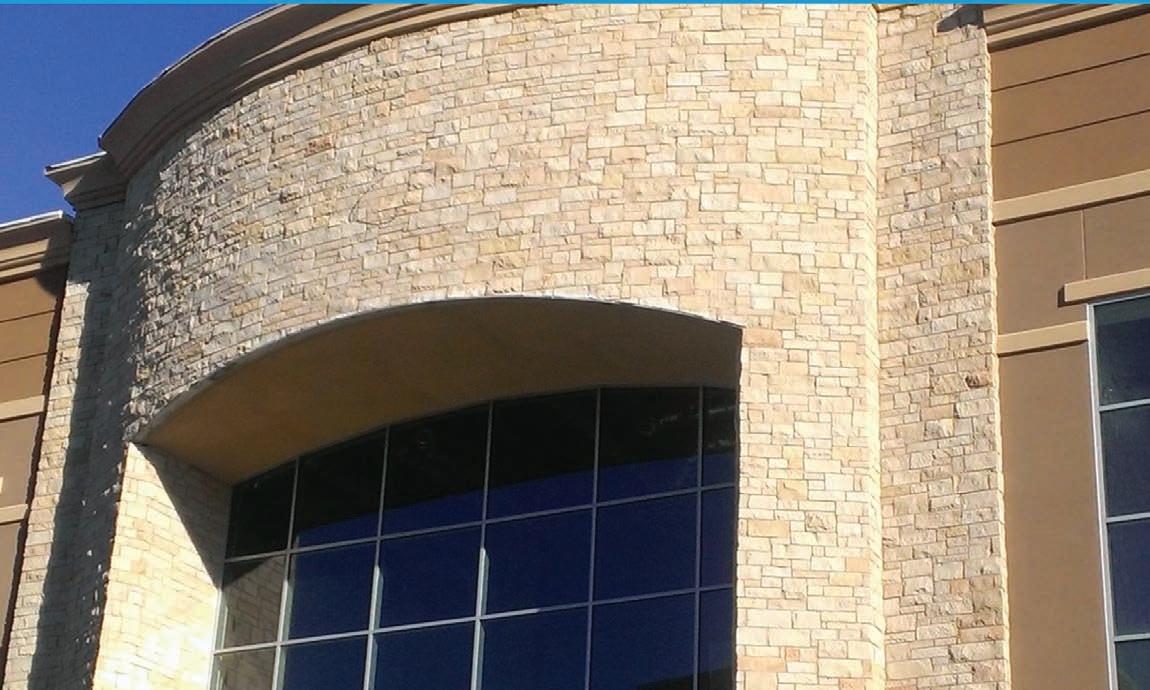
4 minute read
introduction
General The recommendations listed below are a general guide. For specific product application and limitations see the appropriate product data sheet and specifications related to these details. Follow all local building codes. Please contact our technical department for more information at 909-862-2480 or www.orcoblendedproducts.com.
Choosing the right products Choosing the right product for installing any masonry system is the first important step for a successful long term application. Pavers installed on a residential patio or driveway will be subject to completely different conditions than pavers installed on a commercial project or city street. Evaluate the conditions of the project, the masonry unit, and substrate to choose the best products for your project. The VBM-VP Installation System provides one of the broadest selections of products to meet the needs of many different projects.
Advertisement
Quality Control Always test the suitability of the products and the installation techniques prior to installation. Test bonding mortars by installing the masonry unit, then remove the unit within 1 minute after installation. The mortar should have equal contact to the substrate and to the masonry unit, 100% coverage. Install joint grouts using the technique and conditions expected on the job. Different tooling techniques, weather, and job conditions can dramatically alter the color and appearance. Test before, during, and after.

Installation SUBSTRATES. The substrate must be structurally sound and conform to good engineering practices. Substrate deflection under all live, dead and impact loads, including concentrated loads must not exceed L/360 for thin bed installation or L/480 for thick bed stone installations, where L= span length. Installations shall be in accordance with International Building Code, ANSI, CBC and local building codes. Movement joints shall be brought through mortar and veneer to the surface. All surfaces must be sound, clean, and free from any dirt, oil, paint, bond breakers, efflorescence or any contaminants which may hinder bond.
Installation SUITABLE SUBSTRATES • Concrete (prepared) • Concrete Masonry • Cement Plaster • Cement Mortar Beds • Gypsum Board (Dry Interior Walls Only) • Existing Ceramic Tile and Marble (prepared) • Exterior Grade Plywood (Interior only) • Approved Cement Backer Board (prepared) • Metal (R-Lastic only)
Poured in place concrete (Prepared) and Tilt up concrete (Prepared). Smooth concrete must be roughened. This is best achieved by removal of the surface layer by bead blasting, grinding or equivalent. High pressure washing is not adequate for complete removal of bond breakers or release agents.
Concrete block (Untreated). May be directly adhered to or lath and plaster may be attached.
Wood or steel studs. Shall receive an approved sheathing, lath and plaster.
Lath and Cement Plaster. Lath and cement plaster shall conform to IBC, CBC, ASTM guidelines and veneer manufactures requirements. Allow to cure 24 hours prior to application. We recommend one of the Mac Scratch and Brown mortars to provide a high strength, water resistant plaster substrate.
Cement backer board (Prepared). A scratch coat of VBM Bonder or VBM Poly Thin Brick must be used on the cement backer board and the setting mortar must be Poly VBM. VBM Bonder, or VBM Poly Thin Brick (100% coverage). Application shall be approved by the stone or brick manufacturer. All joints must be taped with fiberglass (or equal) tape and joints filled with VBM Bonder, R-Lastic or equal. Consult cement backer board manufacturer for spe cific installation recommendations and limitations.
SPECIAL BONDING CONDITIONS Metal / Metal Flashing. All bond inhibitors must be removed. Test prior to installation. Use R-Lastic as the elastomeric bonding adhesive.
Wall Caps, Silcaps. For conditions requiring a highly flexible bond. Use R-Lastic as the elastomeric bonding adhesive or primer.
Primers: Silica Shield primers may be used to densify some substrates such as: sand stone, stucco color coats, stucco base coats, or masonry. Due to the varying nature of the substrates they should be used strictly after extensive testing. They may also be used for dampproofing properties
Water Barriers. Water barriers shall be as required by local building codes, and specifications. While R-Lastic may be used as an air and water barrier in the bonding system similar to some manufactures systems, we recommend all air and water barriers be used behind the bonding system. The VBM - VP Installation System recommends the bonding system be composed of our inorganic bonding mortars except in special bonding circumstances.
Mixing. See Individual product data sheets for specific mixing instructions. Do not over mix or over water. High air and water content will reduce strengths.
Bonding. See Individual product data sheets for specific bonding instructions. All bonding mortars must be firmly pressed onto the substrate and the masonry unit. 100% coverage.
Joint Grouts. See Individual product guides for specific grouting instructions. Use the same water, technique and conditions to achieve color and finish consistency. Color can change dramatically under differing conditions.




